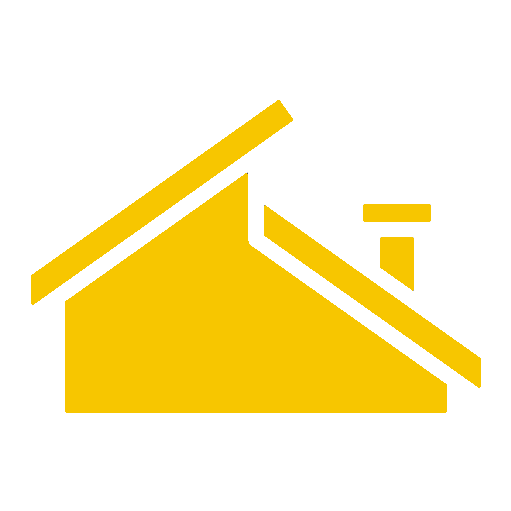
Seasonal Roof Damage in California: How to Prepare for Extreme Weather
California’s seasonal weather shifts can be tough on your roof. From intense summer heat to sudden windstorms and hail, these elements wear down roofing materials and shorten a roof’s lifespan if left unchecked. Understanding how hot a roof gets in the summer or what wind damage looks like on a roof can help homeowners spot issues early and take preventive steps. This guide covers the most common types of seasonal roof damage in California—and what you can do to keep your roof in peak condition year-round.
1. Summer Heat Can Weaken Roofing Materials
Roofs in California often absorb extreme heat, especially in areas without much shade. In the peak of summer, roof surfaces can reach 150°F or more. Prolonged exposure to this heat can cause asphalt shingles to blister, warp, or lose their granules. If you’re wondering what is the best roofing material for hot weather, materials like tile and reflective metal often perform better than traditional shingles in high-heat environments.
2. Wind Damage Isn’t Always Obvious
Many homeowners ask: what does wind damage look like on a roof? The answer varies. Strong winds can loosen shingles, lift flashing, or even cause entire sections of the roof to become unstable—especially if the roof is aging or wasn’t properly installed. One of the most overlooked forms of roof wind damage is lifted shingles that still appear intact but have compromised seals underneath.
3. Hail Can Leave Invisible Damage
Hailstorms aren’t frequent in California, but when they do occur—especially in the foothills or during cooler months—they can leave dents, punctures, or bruised shingles. Roof damage from hail isn’t always visible from the ground. Signs of hail damage on roof surfaces may include dark spots, cracked shingles, or granule loss, all of which can weaken your roof’s waterproofing.
4. Rain Exploits Weak Spots in Your Roof
After summer heat and wind have stressed your roofing system, the first heavy rain of fall can cause leaks where flashing has lifted or where minor cracks formed. Keeping gutters clean, checking valleys and flashing, and performing seasonal inspections are simple but essential steps to avoid expensive water damage.
5. Hail and Wind Together Can Accelerate Roof Failure
In some parts of California, especially inland valleys and elevated areas, wind and hail damage to roof systems can happen simultaneously. While shingles are designed to resist basic wear, combined exposure to hail impact and wind lift can cause severe structural problems. It’s a good idea to schedule a professional inspection after any major storm, even if the damage isn’t immediately visible.
6. Summer Roofing Tips for Homeowners
In addition to dealing with weather damage, summer is a good time to proactively care for your roof. Summer roofing tips include clearing debris from your roof and gutters, checking attic ventilation, and sealing around vents or skylights. Also, if your roof is older than 15 years, consider getting an annual checkup before temperatures peak.
7. Preventative Maintenance Saves Money Long-Term
Ignoring seasonal damage can lead to higher energy bills, leaks, and early replacement. A proactive maintenance routine can extend the life of your roof and prevent minor issues from becoming major expenses. If you’re unsure where to start, a professional roof inspection tailored to California’s weather conditions is the best first step.
When to Call the Experts
If you’ve noticed loose shingles, unusual wear after a storm, or signs of hail damage on your roof, don’t wait. Roof issues often worsen quietly over time. For California homeowners, especially those in the Los Angeles area, USA Roofing Maintenance offers expert inspections and seasonal service to help you stay ahead of damage—before it costs you more.
Final Thoughts
Understanding seasonal roof damage in California means preparing for heat, wind, hail, and rain before they cause serious problems. From knowing how hot your roof gets in the summer to spotting wind damage early, a little awareness and upkeep can go a long way. Protect your home by staying alert to changes and scheduling regular inspections.

Leave a Reply